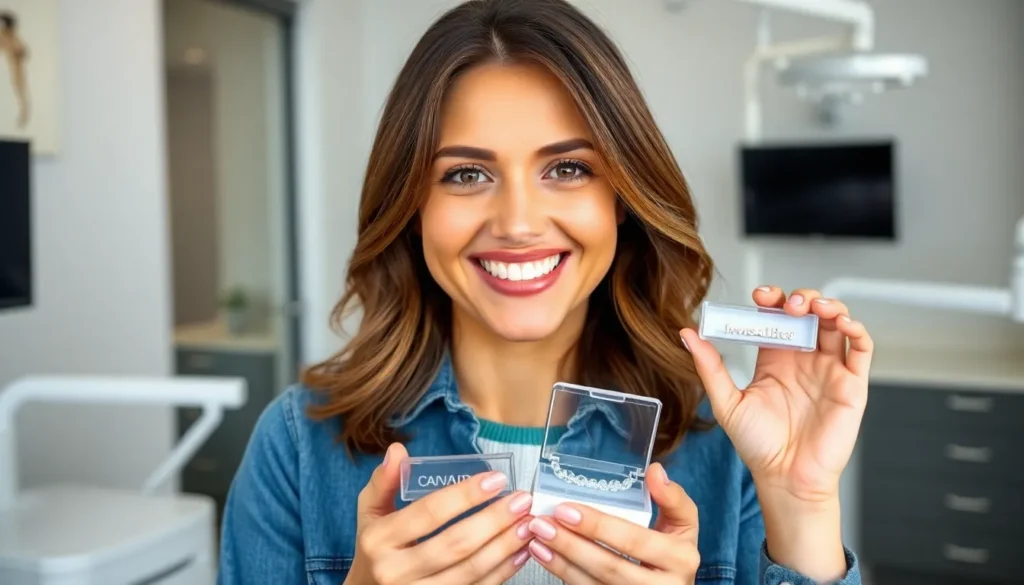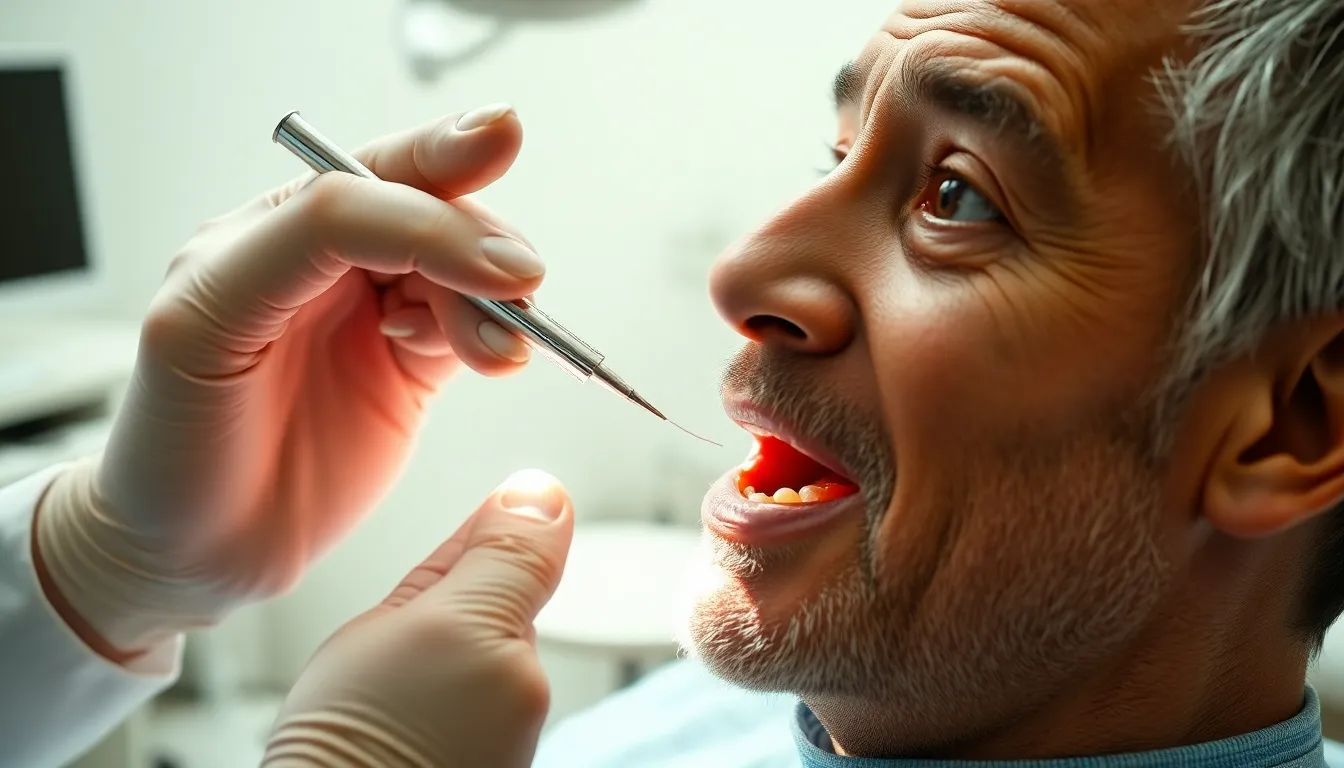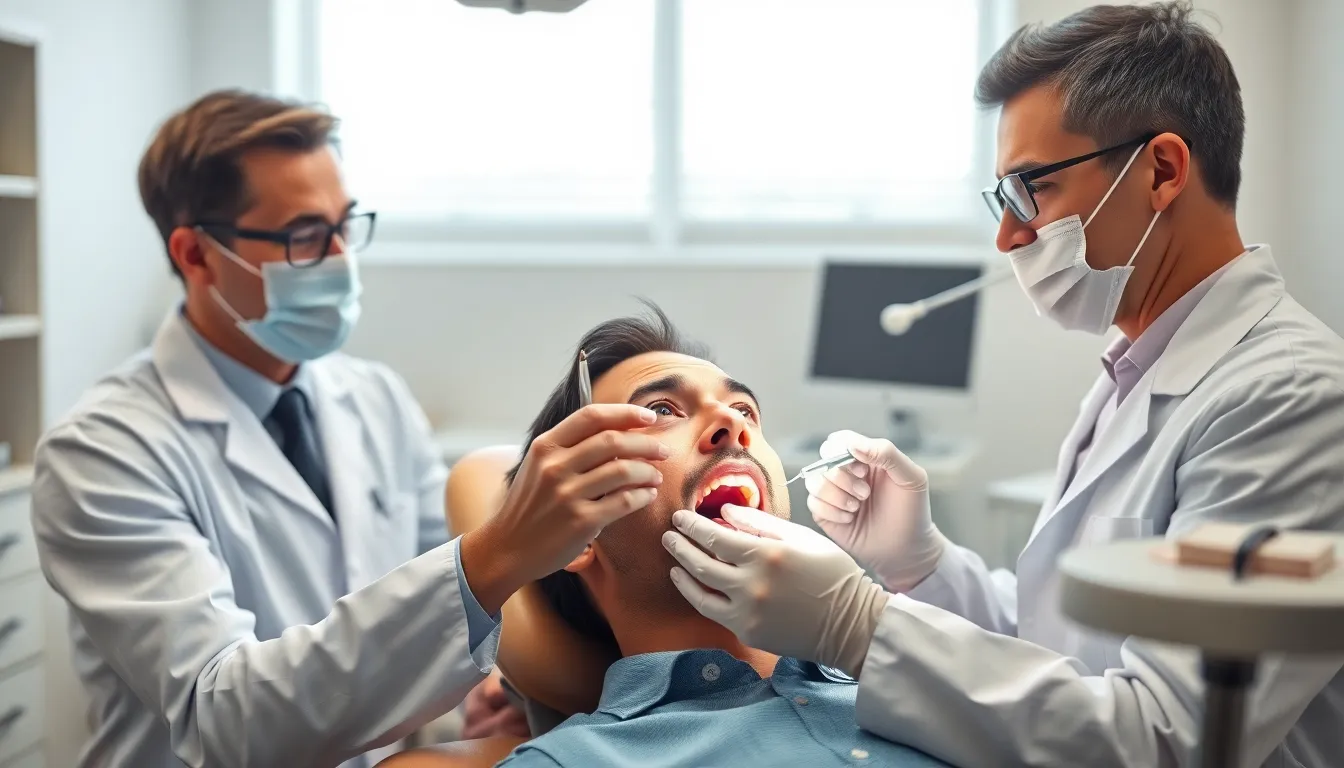Wondering about Candid vs Invisalign for your teeth straightening journey? Both clear aligner systems promise to transform your smile without traditional metal braces, but they differ in important ways that could impact your decision.
When choosing between Candid and Invisalign, you’ll need to consider factors like cost, treatment supervision, and convenience. Invisalign has been the industry leader for decades with in-person orthodontist visits, while Candid offers a more affordable, primarily remote monitoring approach. Your exact dental needs, budget constraints, and preference for professional oversight will eventually determine which option best suits your smile goals.
Understanding Clear Aligners: Candid and Invisalign
Clear aligners represent a revolutionary approach to orthodontic treatment, offering a discreet alternative to traditional metal braces. Both Candid and Invisalign use transparent, removable trays to gradually shift teeth into proper alignment, but they differ in several key aspects.
Candid aligners are manufactured from a proprietary tri-layer plastic material designed for comfort and durability. They’re created using advanced 3D printing technology that ensures precise tooth movement according to your treatment plan. Each set is worn for approximately 2 weeks before progressing to the next in the series.
Invisalign utilizes SmartTrack® material, a patented thermoplastic that’s FDA-approved and contains no BPA, BPS, latex, or gluten. Their aligners feature SmartForce® attachments—small tooth-colored shapes that provide leverage for complex tooth movements. Invisalign treatment typically requires aligner changes every 1-2 weeks, depending on your orthodontist’s recommendation.
“I was initially skeptical about clear aligners,” shares Dr. Todd B. Harris. “But after seeing hundreds of successful cases in my practice, I’m convinced they’re an excellent option for many patients. The technology has advanced tremendously in recent years.”
Both systems offer similar aesthetic benefits with nearly invisible appearance during wear. They’re removable for eating and cleaning, which maintains better oral hygiene compared to fixed braces. Your compliance with wearing the aligners (recommended 20-22 hours daily) directly impacts treatment success and timeline regardless of which brand you choose.
The manufacturing precision, material composition, and design elements contribute significantly to comfort and effectiveness. These factors, combined with the treatment protocol and monitoring approach, create the distinct experiences associated with each clear aligner system.
Candid Aligners: Overview and Key Features

Candid aligners offer a modern approach to teeth straightening with their clear, removable orthodontic devices designed for mild to moderate alignment issues. The CandidPro system features a unique co-managed treatment model that combines the expertise of a U.S.-based orthodontist with your local dentist, ensuring comprehensive care throughout your journey.
Treatment Process with Candid
The Candid treatment journey begins with an initial assessment at your local dentist’s office, typically involving a digital scan or impression of your teeth. Custom aligners are then created to gradually shift your teeth into their ideal positions over time. You’ll wear each set of aligners for 1-2 weeks before progressing to the next in the series. A standout feature of Candid’s process is their remote monitoring system, which requires virtual check-ins every 14 days instead of frequent in-person visits. Dr. Todd B. Harris notes, “Many of my patients appreciate Candid’s virtual monitoring capabilities, as it saves them important time while still maintaining professional oversight.” In-person appointments with your dentist occur only when necessary, combining professional care with unmatched convenience. The typical treatment timeline ranges from 4-12 months, considerably faster than many competing aligner systems.
Pricing and Insurance Coverage
Candid aligners provide a more cost-effective option compared to premium brands like Invisalign. Treatment costs vary based on case complexity but generally fall below Invisalign’s price range. Insurance coverage depends entirely on your exact dental plan, with many providers offering partial coverage for orthodontic treatment. Sarah M., a recent Candid patient, shared, “After comparing costs, I found Candid to be significantly more affordable, and my insurance covered about 30% of the treatment.” The reduced number of office visits required with Candid also translates to fewer co-pays and less time away from work or school, creating additional cost savings throughout your treatment. Always check with both your insurance provider and dental office to understand your exact coverage and payment options before committing to treatment.
Invisalign: The Industry Pioneer
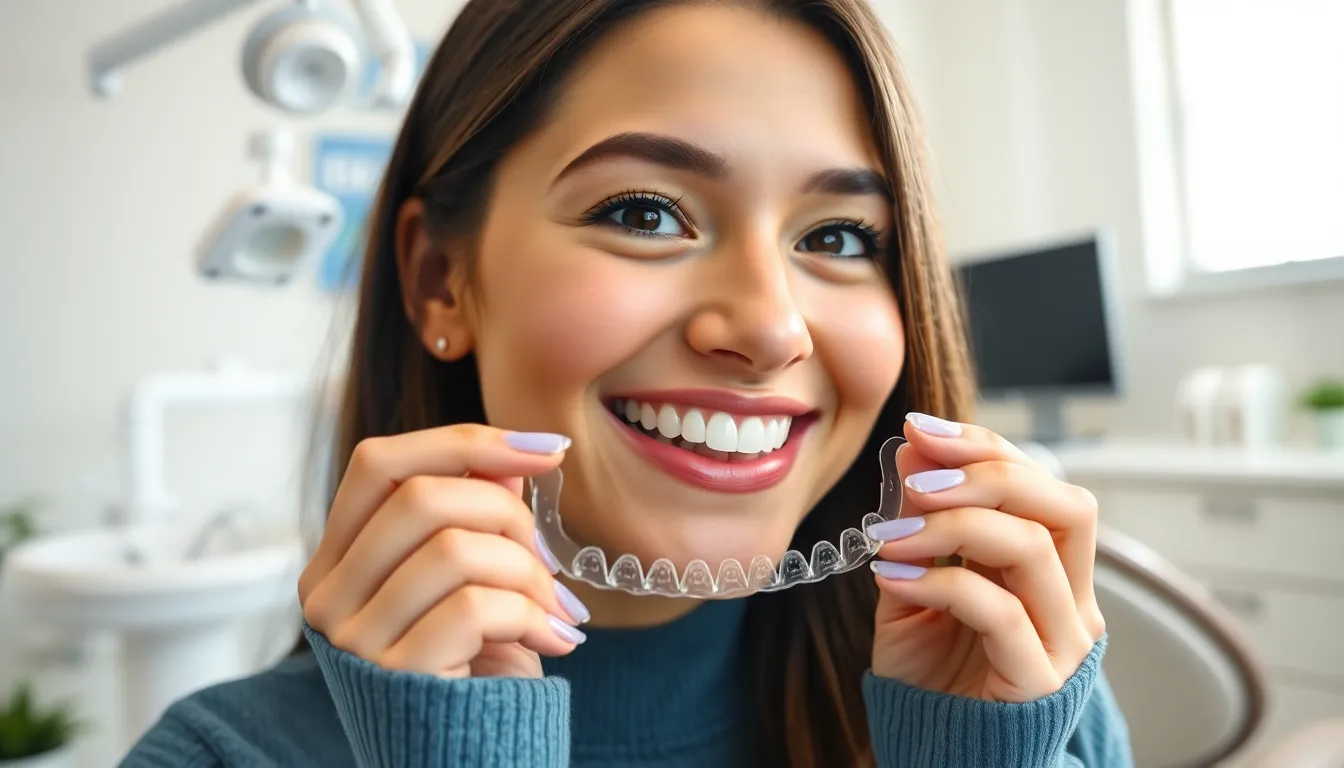
Invisalign revolutionized orthodontic treatment when it launched in 1997, establishing itself as the original clear aligner system. This groundbreaking alternative to traditional braces has treated millions of patients worldwide, addressing everything from mild spacing issues to complex bite problems including overbites, underbites, crossbites, crowding, and gaps.
Treatment Process with Invisalign
Invisalign treatment follows a comprehensive, professionally supervised approach that distinguishes it in the clear aligner market. Your journey begins with a thorough examination including digital scans, x-rays, and bite analysis conducted by an orthodontist. Custom aligner trays, made from proprietary SmartTrack® material, are worn 20-22 hours daily and changed every 1-2 weeks to gradually shift teeth into proper alignment. Regular in-office appointments—typically every 6-8 weeks—allow your orthodontist to monitor progress and make necessary adjustments. SmartForce® attachments, small tooth-colored shapes bonded to exact teeth, enable more complex movements that other systems can’t achieve. This hands-on clinical oversight makes Invisalign suitable for treating severe malocclusions that require precise control throughout the treatment period, which typically spans 6-18+ months depending on case complexity.
Dr. Todd B. Harris notes, “Many of my patients who initially considered at-home aligners eventually chose Invisalign after learning about the level of precision and customization available. One particular patient with a complex crossbite tried a direct-to-consumer option first but switched to Invisalign when she realized her case required more sophisticated biomechanics and professional monitoring.”
Pricing and Insurance Coverage
Invisalign represents a premium investment in your smile, with treatment costs reflecting its comprehensive approach and ability to address complex orthodontic issues. Average treatment ranges from $3,000 to $8,000 depending on case complexity and geographic location. Many dental insurance plans categorize Invisalign as orthodontic treatment similar to traditional braces, typically covering 25% to 50% of costs up to a lifetime maximum benefit (often $1,500-$2,500). Flexible spending accounts (FSAs) and health savings accounts (HSAs) can also be applied toward treatment costs, making this investment more manageable. Monthly payment plans through services like CareCredit or in-house financing options from orthodontic practices provide additional flexibility, with many offices offering no-interest payment arrangements for 12-24 months. The higher initial price point compared to newer alternatives like Candid reflects Invisalign’s established clinical track record, comprehensive care model, and ability to treat the full spectrum of orthodontic conditions under direct professional supervision.
Comparing Treatment Effectiveness

Both Invisalign and Candid deliver effective results for teeth alignment, but they employ distinctly different approaches to treatment. Each system has strengths that make them suitable for various orthodontic needs and patient preferences.
Complexity of Cases Treated
Invisalign handles a comprehensive range of orthodontic issues from mild alignment problems to severe malocclusions. This system effectively treats overbites, underbites, crossbites, important crowding, and large gaps between teeth. The in-office supervision model makes Invisalign particularly advantageous for complex cases requiring close professional monitoring and regular adjustments. Many orthodontists prefer Invisalign for patients with complicated bite issues because the hands-on approach allows for immediate modifications when needed.
Candid initially focused exclusively on mild to moderate alignment cases but has expanded its capabilities significantly. The CandidPro system now treats many complex cases using attachments and elastics similar to Invisalign’s approach. Even though these advancements, Candid remains most effective for minor to moderate alignment problems. Dr. Todd B. Harris notes, “I’ve seen excellent results with Candid for patients with spacing and crowding issues, but for severe bite problems, the regular in-person assessment offered by Invisalign often provides better outcomes.”
Treatment Duration Differences
Candid treatments typically finish faster, with most cases completing in 4 to 12 months. This accelerated timeline proves especially beneficial for patients with mild alignment issues, who sometimes see results in as little as six months. The remote monitoring approach reduces office visits while maintaining effective oversight through virtual check-ins every 14 days.
Invisalign treatments generally take longer, ranging from 6 to 18+ months depending on case complexity and patient compliance. These extended timeframes reflect the system’s ability to address more complicated orthodontic issues that naturally require more time to correct. Regular in-person appointments, while time-consuming, allow orthodontists to make precise adjustments that enhance treatment outcomes for complex cases.
Convenience Factors to Consider

When choosing between Candid and Invisalign, several convenience factors impact your treatment experience and daily routine. Understanding these differences helps you select the option that best fits your lifestyle and preferences.
In-Person vs. Remote Monitoring
Invisalign relies exclusively on in-person monitoring by your local dentist or orthodontist. You’ll attend regular office visits every 6-8 weeks where your provider directly examines your progress and makes necessary adjustments. This hands-on approach provides immediate feedback and intervention for any issues that might arise during treatment.
Candid offers a hybrid monitoring system that combines professional oversight with remote convenience. Your treatment is co-managed between a local dentist and a licensed U.S.-based orthodontist, requiring significantly fewer office visits. Every 14 days, you’ll complete virtual check-ins through Candid’s monitoring platform, sending photos of your teeth for professional review. Dr. Harris notes, “Many of my patients with demanding work schedules appreciate Candid’s remote monitoring option, which reduces their time away from the office while maintaining professional oversight.”
Removal and Maintenance
Both Candid and Invisalign feature removable clear aligners that you take out when eating, drinking anything besides water, and during oral hygiene routines. This removal flexibility makes maintaining good oral health much easier than with traditional braces.
For daily maintenance, you’ll need to clean your aligners regularly to prevent staining and bacteria buildup. The removable nature of both systems means you can brush and floss normally without handling around brackets and wires.
Compliance remains critical with both options, as you must wear your aligners 20-22 hours daily for optimal results. One patient, Sarah, shared her experience: “As someone who travels frequently for work, I found Candid’s remote check-ins incredibly convenient. I didn’t have to worry about scheduling appointments in different cities, and I could maintain my treatment schedule no matter where I was.”
Cost considerations also factor into convenience—Candid treatments range from $1,895 to $3,300, while Invisalign typically costs between $3,000 and $8,500. Treatment duration varies too, with Candid generally completing treatment in 4-12 months compared to Invisalign’s 6-18+ month timeframe. These differences in cost and treatment duration make Candid particularly attractive for budget-conscious patients seeking faster results with minimal disruption to their daily lives.
Cost Comparison: Candid vs. Invisalign
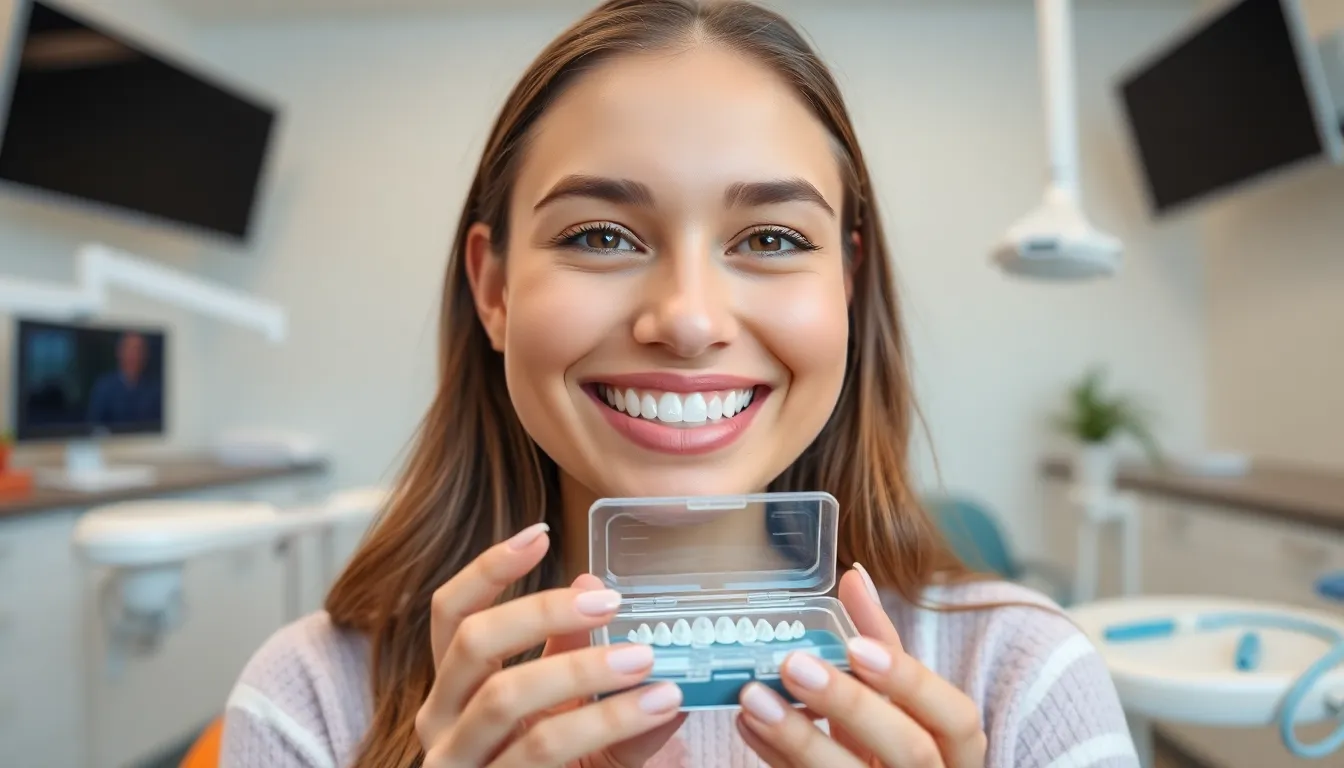
Candid aligners cost significantly less than Invisalign, with prices ranging from $1,895 to $3,900 depending on case complexity and provider. Many patients choose Candid specifically for its cost-effectiveness while still delivering quality results. The price can occasionally reach up to $5,000 for more challenging cases, but this remains lower than competitor rates.
Invisalign treatment represents a premium investment, with costs typically between $3,000 and $8,500 based on treatment complexity. Your exact price depends on the severity of your orthodontic issues, your location, and your orthodontist’s expertise. These higher costs reflect Invisalign’s ability to treat a wider range of dental problems and their established reputation in the industry.
Treatment duration directly impacts overall value. Candid treatments generally complete in about 6 months, focusing primarily on mild to moderate alignment issues. Invisalign treatments take longer—usually 12 to 18 months—because they often address more complex orthodontic problems requiring additional time for proper correction.
Getting started with each system involves different initial expenses. Candid offers a remote impression kit for approximately $95, allowing you to begin the process from home. Invisalign requires in-office 3D imaging impressions, with these costs typically bundled into the overall treatment price.
| Feature | Candid | Invisalign |
|---|---|---|
| Cost Range | $1,895 – $3,900+ | $3,000 – $8,500 |
| Treatment Duration | ~6 months | 12-18 months |
| Case Complexity | Mild to moderate | Mild to complex |
| Initial Assessment | Remote kit ($95) or in-office | In-office 3D imaging |
| Whitening Included | Free whitening foam | Extra cost |
Dr. Todd B. Harris notes: “I’ve seen patients save thousands with Candid while still achieving excellent results for straightforward cases. One memorable patient, Sarah, chose Candid for her minor spacing issues and saved over $2,500 compared to traditional options—finishing treatment in just 5 months with results she loves.”
Both companies offer various payment options to make treatment more accessible. Financing plans spread costs over time, though terms vary by provider. Many dental insurance plans provide partial coverage for either treatment, typically covering $1,000-$3,000 depending on your exact plan.
Candid includes complimentary whitening foam with every treatment, adding extra value to their packages. They also offer Zoom whitening treatment for $299, which costs substantially less than comparable professional whitening services elsewhere.
Who Makes the Ideal Candidate for Each Option
Ideal Candidate for Invisalign
Invisalign treats a wide spectrum of orthodontic issues, from mild spacing problems to severe bite misalignments. Patients with complex dental concerns such as pronounced overbites, underbites, crossbites, important crowding, or large gaps between teeth find Invisalign particularly effective. Those who prefer comprehensive orthodontic correction with regular in-person monitoring by a local dental professional typically choose this option. Treatment timelines for Invisalign range from 6 to 18+ months, making it suitable for individuals committed to a potentially longer treatment journey with more office visits. Many patients appreciate Invisalign’s globally recognized brand reputation and proven track record in addressing complicated cases.
Dr. Todd B. Harris notes, “I’ve seen remarkable transformations with Invisalign in patients with severe malocclusions who were initially told they’d need traditional braces. The system’s ability to handle complex movements with its SmartForce attachments gives patients with challenging cases a more aesthetic alternative to metal braces.”
Ideal Candidate for Candid
Candid works best for patients with mild to moderate orthodontic issues, though its CandidPro program has expanded treatment capabilities to include many complex cases. This system features dual oversight from both a local dentist and a licensed U.S.-based orthodontist, creating a comprehensive care model. Patients seeking a modern, nearly invisible treatment approach with emphasis on comfort and convenience gravitate toward Candid. Treatment durations typically span 4 to 12 months, attracting individuals looking for faster results than traditional orthodontics. The remote monitoring system requires virtual check-ins every 14 days with fewer in-person office visits, accommodating busy schedules and those who prefer flexible appointment options. Candid’s more affordable price point ($1,895 to $3,300) compared to Invisalign’s higher range ($3,000 to $8,500) makes it accessible to budget-conscious patients.
One of our patients, Sarah, a 32-year-old marketing executive, shared: “I travel constantly for work and couldn’t commit to regular orthodontist appointments. Candid’s remote monitoring let me straighten my moderately crowded teeth while maintaining my hectic schedule. The virtual check-ins every two weeks kept me accountable without disrupting my life.”
| Comparison Factor | Invisalign | Candid |
|---|---|---|
| Case Complexity | Mild to severe, including complex bite issues | Mild to moderate; now many complex cases |
| Treatment Duration | 6 to 18+ months | 4 to 12 months |
| Monitoring Approach | Frequent in-person visits | Remote check-ins with fewer office visits |
| Professional Oversight | Local orthodontist/dentist | Local dentist + licensed U.S. orthodontist |
| Appearance | Discreet but aligners may be visible | Nearly invisible design |
| Cost Range | $3,000 to $8,500 | $1,895 to $3,300 |
Patients needing extensive orthodontic correction who value direct professional supervision typically find Invisalign more appropriate for their needs. Alternatively, those prioritizing affordability, convenience, and faster treatment timelines with flexible monitoring options often discover Candid aligns better with their lifestyle and preferences.
Conclusion
Choosing between Candid and Invisalign comes down to your exact orthodontic needs budget and lifestyle preferences. Invisalign offers comprehensive treatment for complex cases with traditional in-person monitoring but at a higher price point of $3,000-$8,500. Candid provides a more affordable alternative ($1,895-$3,900) with convenient remote monitoring ideal for mild to moderate alignment issues.
Both systems deliver effective results using clear removable aligners but differ in their approach to treatment supervision and technology. Your decision should consider the complexity of your dental concerns your budget constraints and how much professional oversight you desire. Consulting with a dental professional can help determine which clear aligner system will best achieve your smile goals while fitting seamlessly into your life.
Frequently Asked Questions
What are the main differences between Candid and Invisalign?
Candid and Invisalign differ primarily in treatment supervision and cost. Invisalign offers in-person orthodontist visits and can treat complex cases, while Candid provides remote monitoring and focuses on mild to moderate alignment issues. Invisalign typically costs $3,000-$8,500, whereas Candid ranges from $1,895-$3,900. Invisalign has been established longer (since 1997) and uses SmartTrack® material with SmartForce® attachments, while Candid uses a proprietary tri-layer plastic and advanced 3D printing technology.
How long does treatment typically take with Candid versus Invisalign?
Candid treatments generally take 4-12 months, with an average of about 6 months. Invisalign treatments typically last 6-18+ months, depending on case complexity. The difference in timeline reflects the types of cases each system is designed to address, with Invisalign handling more complex orthodontic issues that require longer treatment periods.
Which option is more cost-effective?
Candid is generally more cost-effective, with treatment ranging from $1,895 to $3,900. Invisalign costs between $3,000 and $8,500. Candid also reduces expenses through fewer office visits, saving on co-pays and time away from work or school. Both systems may be partially covered by insurance, and both offer payment plans, FSAs, and HSAs to make treatment more manageable financially.
How does the monitoring process differ between the two systems?
Invisalign requires in-person visits every 6-8 weeks for monitoring and adjustments. Candid uses a hybrid approach with an initial in-person assessment followed by remote check-ins every 14 days through their monitoring system. This makes Candid more convenient for those with busy schedules who find it difficult to attend regular in-office appointments.
Are both Candid and Invisalign effective for all types of orthodontic issues?
No, they target different needs. Invisalign is suitable for a wide range of orthodontic issues, including complex cases like severe bite misalignments, thanks to its SmartForce® attachments and direct professional supervision. Candid has expanded its capabilities but remains most effective for mild to moderate alignment issues and is not typically recommended for severe malocclusions.
How often do I need to wear the aligners for both treatments?
Both Candid and Invisalign require wearing the aligners for 20-22 hours daily, removing them only for eating, drinking anything besides water, and oral hygiene routines. Aligners are typically changed every 1-2 weeks. Consistent wear is crucial for treatment success with both systems, as non-compliance can extend treatment time or compromise results.
Does either system include additional benefits beyond teeth straightening?
Candid includes complimentary whitening foam with every treatment, allowing patients to whiten teeth while straightening. Both systems improve oral hygiene by allowing thorough cleaning of teeth during treatment, unlike traditional braces. Both also offer the aesthetic benefit of being nearly invisible, making them preferable for adults and teens concerned about appearance during treatment.
Who is the ideal candidate for Candid versus Invisalign?
Invisalign is ideal for patients with complex orthodontic issues who prefer comprehensive in-person professional care. Candid is best for individuals with mild to moderate alignment problems who prioritize convenience, affordability, and fewer office visits. Your specific dental needs, budget constraints, and preference for professional oversight should guide your decision between the two options.

